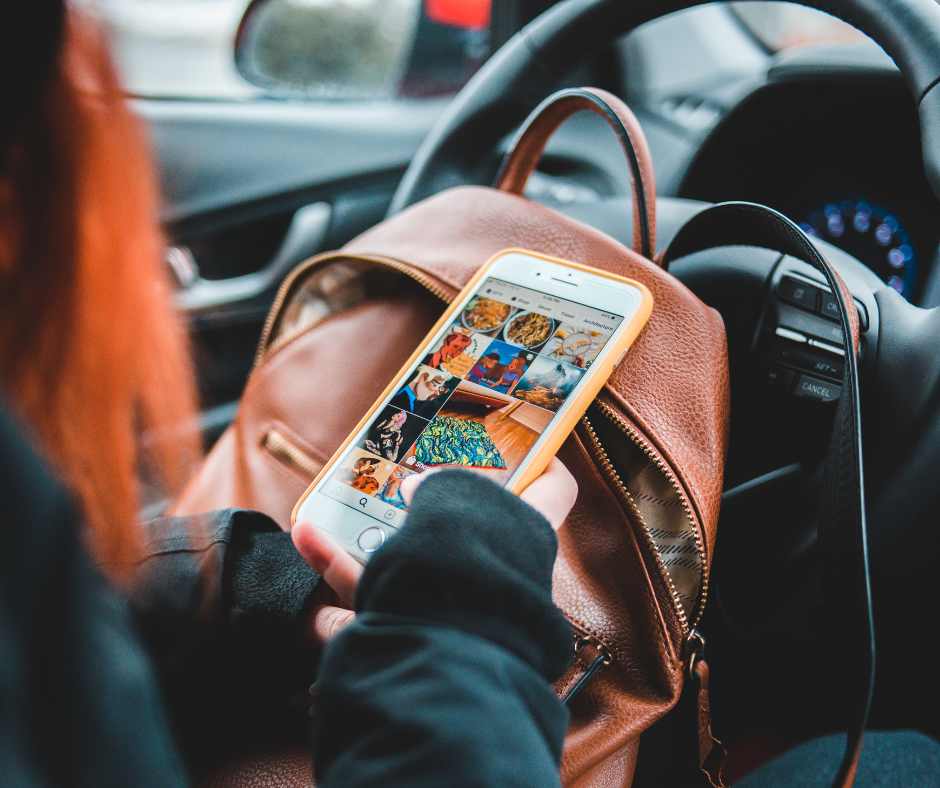Digital Overload: Navigating Mental Health in the Age of Social Media
Have you ever mindlessly scrolled through social media, only to look up and realize an hour has vanished? You’re not alone. In today’s fast-paced, digitally saturated world, it’s easy to feel like we’re constantly plugged in—but rarely truly connected. Social media has become an essential part of how we communicate, work, and relax. Yet for many, especially young people, it’s also become a source of anxiety, isolation, and emotional burnout.
As we observe Mental Health Awareness Month, we want to bring attention to a growing public health issue that might be affecting you or someone you care about: digital overload.
The average U.S. adult now spends over six hours per day on screens, with teenagers often surpassing 7.5 hours daily, not including time spent on school or homework (Common Sense Media, 2023). Think about that for a moment—that’s more time than many of us spend sleeping or connecting face-to-face with loved ones.
While social media platforms offer entertainment and community, they also encourage something more insidious: constant comparison and perfectionism—two major contributors to declining mental health.
A recent Pew Research Center study found that 59% of U.S. teens say social media has made them feel overwhelmed by drama, and nearly half (46%) say it makes them feel worse about their own lives. That constant exposure to filtered images, curated lifestyles, and online conflict can distort reality and make everyday life feel insufficient or stressful by comparison.
Finding Balance in an Online World
Mental health doesn’t exist in isolation, instead, it’s shaped by our environments, habits, and relationships. Social media isn’t inherently harmful. It can offer community and self-expression. But like anything, its impact depends on how we use it and how much control we feel we have over that usage.
Some questions worth asking yourself: Do you reach for your phone first thing in the morning? How often do you check social media during conversations with others? How do you feel after an hour of scrolling versus an hour spent outdoors or with friends?
As part of overall mental health wellness, we encourage mindful social media use, regular in-person connections, and time away from screens. For families, that can mean creating tech-free times or spaces in the home, while for individuals, it may look like setting daily limits or taking intentional “digital detox” days.
These small shifts make space for something crucial: real presence, reflection, and rest.
Whether you’re a teen navigating online pressures, a parent concerned about your child’s mental health, or someone feeling drained by digital demands, you don’t have to figure it out alone. Singing River Services offers a comprehensive range of youth-oriented services, including Targeted Case Management, Community Support Services, Crisis Intervention and Emergency Services, Individual, Family and Group Therapy, Juvenile Outreach Programs, and more. Our experienced team develops individualized treatment plans designed to increase independence and community participation, focusing on your strengths and goals.
We understand that in 2025, mental health challenges often begin in places we can’t always see—like inside the algorithms and notifications we encounter every day. That’s why we’re committed to offering tools and support that meet people where they are, both online and off.
Singing River Services is here to support our community through every challenge, including the invisible ones that come with life online. Let’s take this month to slow down, look up, and truly reconnect with ourselves, each other, and with the lives we want to lead.



